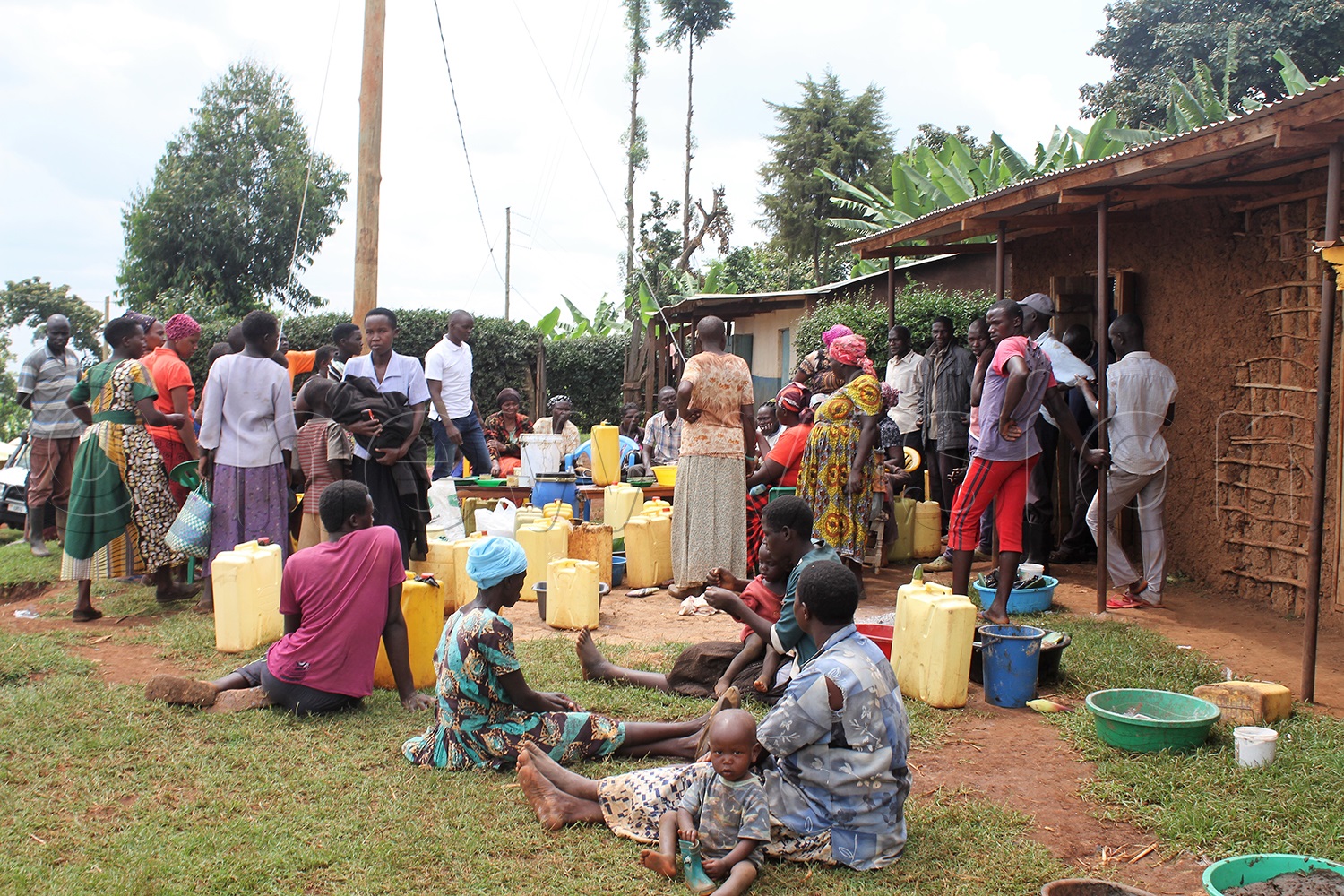Farmers in Sebei sub-region in eastern Uganda are turning to home-grown solutions to enhance their soil fertility amid skyrocketing prices of factory-made fertilizers.
They are now making bio-fertilizers for use in fields of coffee, maize, beans and other crops.
With the factory-made fertilizer selling from sh120,000 to sh150,000 per sack, the Sebei farmers say organic fertilizer is the best alternative.

“For an acre, I will need about sh700,000 or sh1m to purchase chemical fertilizer, which is obviously a lot of money given the current economic hardships,” says Sam Chemonges, a model farmer in Chema sub-county, Tingye County.
“The problem is spending a lot of money on fertilizer alone yet one ends up selling the harvest in losses.
“That is why we [farmers] would rather prefer home-grown soil fertilization solutions,” he adds.
‘Productive’ option
Asiya Chebet, a 62-year-old farmer, is optimistic the biofertilizer they are making will go a long way in helping local farmers realize value for money.
“Most of us cannot afford fertilizer anymore, so making our own in our communities is our definite resort.
“The good news is that this organic fertilizer is as productive as you like since it enhances our yields as well as protects the environment at the same time,” says Chebet.

800,000 farmers for training
Farmers in different villages in Sebei are applying the home-generated fertilizer to their farms.
They attained the crucial indigenous knowledge from the Green Future Farming Project being implemented by the AidEnvironment East Africa, a nonprofit organization.
The project is targeting to train over 800,000 farmers in the Elgon region.
Dismus Cheptoek, the project field officer, says the initiative seeks to promote regenerative agriculture, which aims at sustainable means of producing food while ensuring food security and environmentally friendly practices by farmers.
How to make the biofertilizer
To make the biofertilizer, one needs the following:
– Cow dung (nitrogen)
– Rock dust (250 grammes)
– Spoiled milk (micro-organisms)
– Molasses or sugar
– Forest bio-organisms (decomposing leaves)
This composition is then fermented for 30 days under moderate temperatures, before it is applied directly to the leaves of the plants.
“An acre can be covered by 20 litres of biofertilizer, which costs the farmer from sh5,000 to sh20, 000 for buying some of those ingredients,” says Cheptoek.
“This saves farmers a lot of money and also ensures that their harvests are of good quality and free from any side effects compared to any other type of fertilizer.”

He adds that while spraying, one needs to focus on the underneath part of leaves.
Call for expansion of project
Coffee farmer Alice Chelangat, 56, lauds the project for equipping them with cost-free indigenous knowledge, which she says should be introduced in other parts of Uganda to help the low-income farmers.
Raymond Tumuhaire, Aidenvironment’s project manager, acknowledges the need to extend the project implementation. For now, though, it will be piloted in the Elgon region for four years.
“The Mt. Elgon area is one of the most active agriculture practising regions in the country [Uganda] and yet most farmers here are still grappling with high-cost and environmentally destructive methods,” he says.





